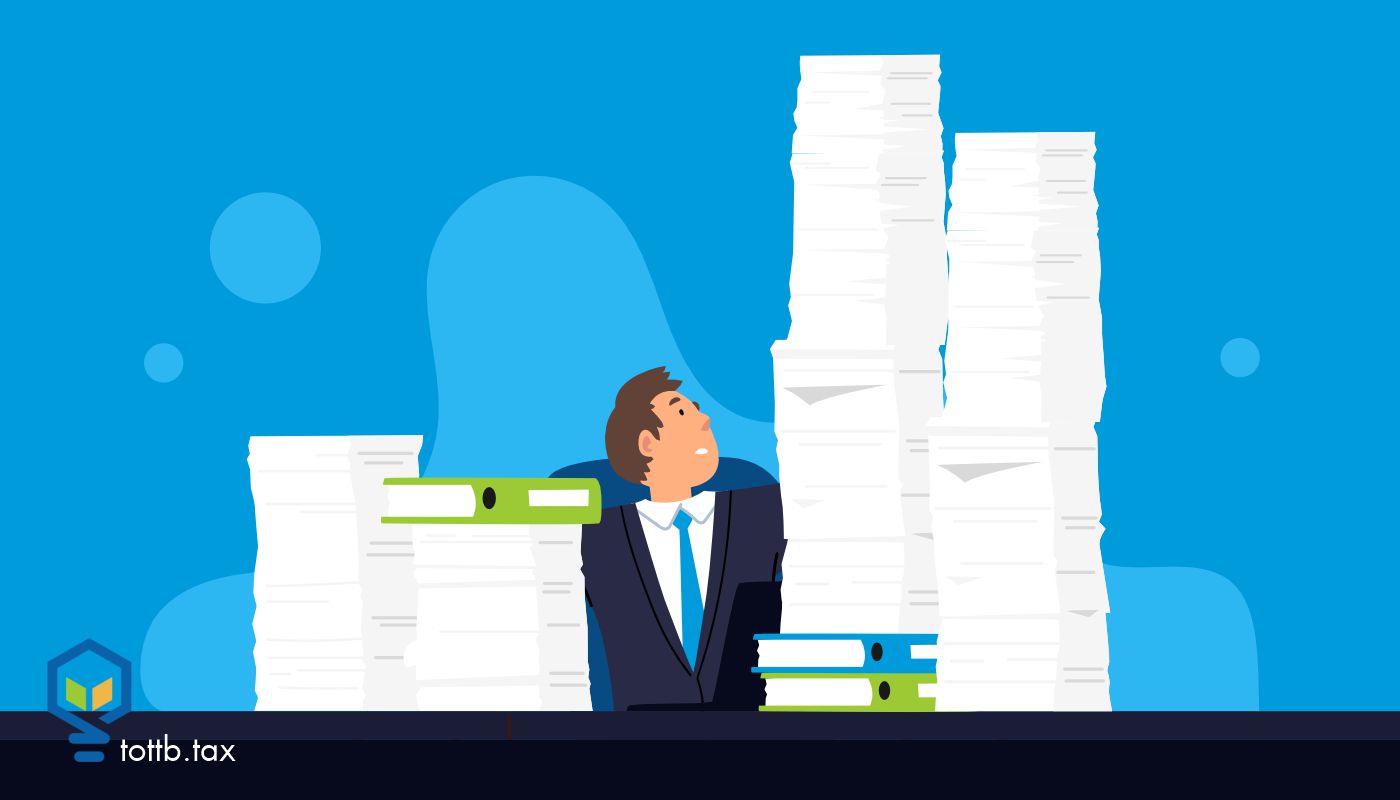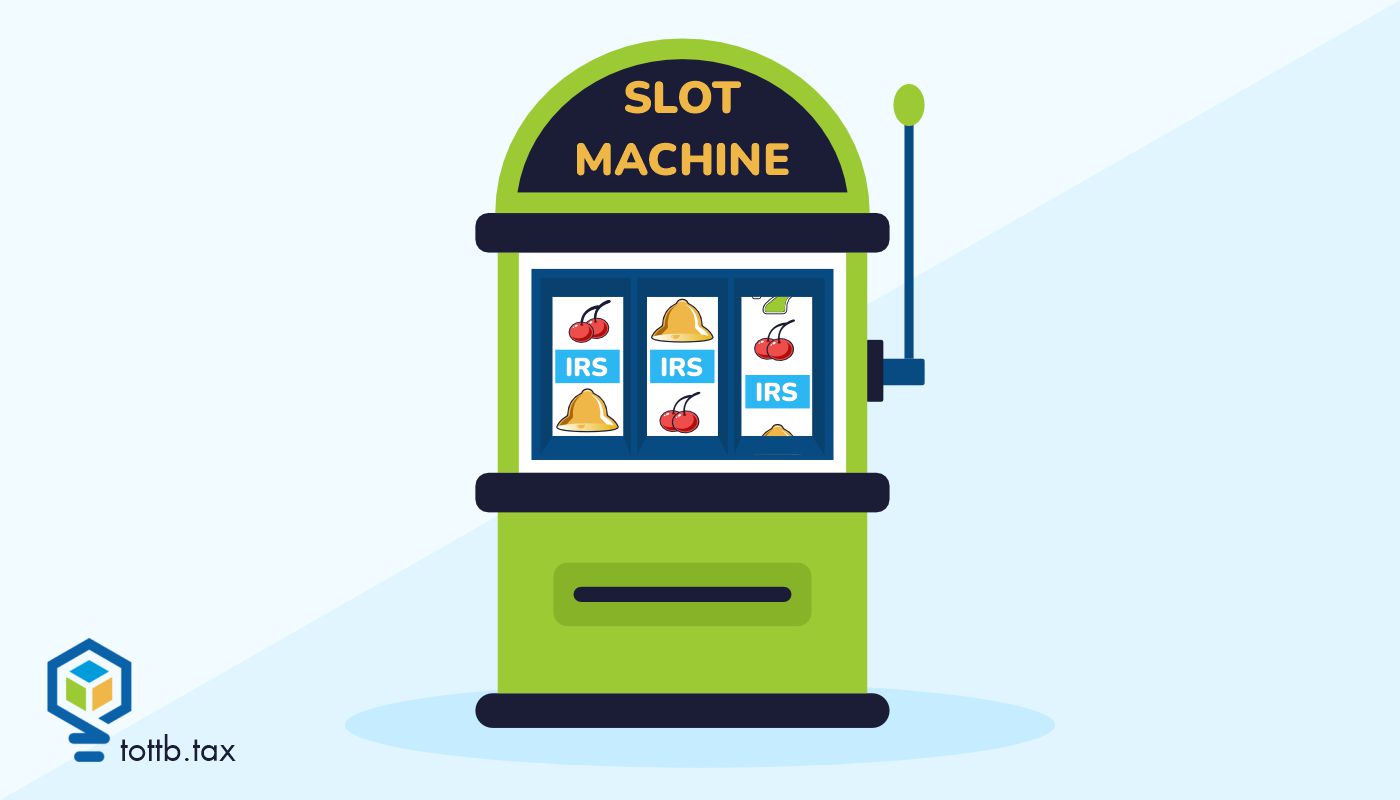
At Around the Tax World, you can find out all about what’s going on in the wonderful, worldwide world of tax. Every month, we’ll feature a few mini-articles on what’s been going on in the world when it comes to tax, and fully available for viewing even if you don’t have a subscription.
If you wish to subscribe and gain access to all articles on the site, be sure to check out the benefits of doing so here!
Check out what’s happening all around the world of tax!
In The Headlines
- Could the U.S. government become a shareholder in Intel? In a recent interview, Secretary of Commerce Howard Lutnick stated that the tech company should give the government an equity stake in return for its CHIPS Act funds. The CHIPS and Science Act was enacted under President Joe Biden to boost domestic manufacturing of semiconductors. Though the funds were issued as a grant to Intel, Lutnick indicated that this should be converted into actual shares in the company, though Lutnick clarified that he would not expect voting or governance rights. Recent reports suggest that the White House may request a 10% stake in exchange for the $8 billion grant, which would make the government Intel’s largest shareholder. Since receiving the funding, Intel used much of it to build chip factories near Columbus, Ohio. The first of these factories is not set to open until 2030.
- Radioactive shrimp on Aisle Four? The FDA issues a warning about Walmart seafood products. The U.S. Food and Drug Administration flagged the brand Great Value’s frozen shrimp as a contaminated product. Though the product has not yet tested positive, the FDA found the radioactive isotope Cesium-137 in a shipment from the seller, an Indonesian company called PT Bahari Makmur Sejati. That shipment was disposed of and the agency has now recommended that Walmart recall all Great Value raw frozen shrimp. Fortunately, the amount of Cesium-137 detected was below the threshold of concern, but scientists say that repeated exposure to even a low dose could increase risk of cancer and other health problems. Consumers who have already purchased the product should especially look out for those with a “best by” date of March 15, 2027. For safety, the FDA urges that all Great Value frozen shrimp be thrown away.
- Senior living facilities have become a rapidly growing industry as Baby Boomers age. Estimates suggest that over 4 million Americans will reach age 80 within the next five years. These numbers are posing a challenge as many active adult and assisted living communities have already reached capacity. New companies and investors are popping up to meet the demand, sparking a boom in the “longevity economy.” Over the next couple of years, 4,000 new senior living units are scheduled to be developed. However, projections from the National Investment Center for Seniors Housing and Care suggest that 100,000 new beds will need to be added each year from now through 2040. Investors are now funneling billions into senior living and seeing significant returns. In fact, growth in the industry is expected to spike by 28% over the next five years.
What's New In The Tax World?
The clock is ticking on expiring clean energy credits—and it’s causing a major spike in sales
Consumers who have been dallying in making that solar panel or electric vehicle purchase have just a month to take advantage of the tax incentives. The passage of President Trump’s budget package, the “One Big Beautiful Bill” Act, set new expiration dates for most clean energy tax credits. These tax breaks were introduced under Biden’s Inflation Reduction Act but are mostly being phased out between September and the end of this year.
What is expiring in September? The tax credit for new and used electric vehicles ends on September 30, 2025. Qualifying new vehicles purchased before then could be eligible for a $7,500 credit, while used vehicles could be eligible for up to $4,000. The rapidly approaching deadline has led to a spike in electric vehicle purchases—sales for new EVs jumped up by 26.4% from June to July. Used EV sales also rose by 23.2% during this time. The most popular models were the Tesla Model Y, Tesla Model 3, Chevrolet Equinox EV, Honda Prologue, and Hyundai Ioniq 5, all of which sold for an average (and heavily discounted) price below $40,000.
Businesses have their own version of this: the Commercial Clean Vehicle Credit. This credit offers up to $7,500 for light-duty vehicles and up to $40,000 for medium- or heavy-duty electric or hydrogen fuel cell vehicles.
The next wave of expirations will happen at the end of the year. On December 31, 2025, the Residential Clean Energy Credit will end, which covered 30% of the cost of a range of home-based clean energy systems including:
- Solar electric panels
- Solar water heaters
- Wind turbines
- Geothermal heat pumps
- Fuel cells
- Battery storage technology
To claim the tax credit, these systems must be installed by December 31st of this year. Similar incentives are available under the Energy Efficient Home Improvement Credit for:
- Heat pumps for A/C, heaters, or water heaters: up to $2,000
- Weatherization or insulation: Up to $1,200
- Electrical panels: Up to $600
- Home energy audits: Up to $150 before Dec. 31, 2025
This credit is capped at $3,200 per year, so keep that in mind when planning your purchases. Also for both the Residential Clean Energy Credit and the Energy Efficient Home Improvement Credit, if you use your home partly for business, you will only be eligible for a partial tax credit.
State-By-State Updates
- Will Florida finally pull the trigger on property tax cuts? Governor Ron DeSantis has upped his criticism of local governments approving large property tax increases throughout the state. However, the governor has also signed off on state budgets that rely on increased property tax revenue. Though tax rates have remained the same in many municipalities, higher property assessments have translated to ballooning tax bills for many residents. Florida currently relies on property taxes to pay for K-12 schools. A previous budget approved by DeSantis allocated $7.9 billion in property taxes to go toward public schools, and the current budget calls for $10.9 billion in property tax revenue. For 2026, DeSantis is advocating for a large property tax cut to be put on the ballot including reduced homestead taxes and rebates for homeowners. Earlier this year, the governor released a plan to use state money to cover school funding and provide an average $1,000 rebate per homestead. The plan did not move forward, but a new version may appear in the coming months.
- Georgia’s 2026 gubernatorial candidates discuss eliminating the state income tax. Current Lieutenant Governor Burt Jones has backed the move, saying it’s necessary to keep the state competitive and draw in new businesses. Jones met with fellow GOP lawmakers to discuss changes to tax policy and take next steps in changing the state income tax. Democratic lawmakers oppose the idea, stating that eliminating income tax would primarily benefit the wealthy and cause the state to increase other taxes—such as sales tax—that would especially harm lower-income taxpayers. Cutting income tax could also translate to cutting disaster relief, educational grants, food stamps, and other social programs. Currently, Georgia’s income tax is set to raise $20 billion in 2026, which is about half of total state revenue. This year Governor Brian Kemp approved a tax rebate of up to $500 and a reduction in the 2025 tax rate to 5.19% with a long-term plan to reduce the rate to 4.99% by next year.
- Louisiana attempts to “reset” the state tax code. Last fall, lawmakers introduced changes to the state’s sales and income tax rates to ease the burden on taxpayers. A new flat income tax rate of 3% kicked in on January 1st of this year, replacing a tiered structure based on income. Previously, Louisiana residents earning more than $50,000 faced a 4.25% tax rate, and income between $12,500 and $50,000 was subject to a 3.5%. The state also increased its sales tax rate from 4.45% to 5% starting in 2025 and lasting through 2030. This sales tax now applies to digital products including computer software and streaming services. Cable and satellite TV are subject to the sales tax but also face an additional 5% tax. Reset Louisiana, a nonpartisan effort, recently released an analysis of the impact of these tax changes. The analysis shows that all households should expect to pay more in sales tax but most households should also see a decrease in their income tax bill, which may balance out.
- Maryland’s new tax on digital advertising is blocked by a federal judge. The Old Line State is the first in the U.S. to introduce a tax specific to digital ads. However, the tax law prohibits tech companies from telling consumers about the tax, which a federal appeals court ruled violated the Constitution and the right to free speech. Since the law was enacted, tech giants, such as Amazon, Google, and Meta, have complained that they are being unfairly targeted by the tax. The new tax rate was 2.5% for businesses earning over $100 million in gross annual revenue; 5% for those earning over $1 billion; 7.5% for those making over $5 billion; and 10% for companies making over $15 billion. Maryland expected the tax to raise $250 million per year to go toward the state’s public schools.
Tax Planning Tips
The “One Big Beautiful Bill” includes a largely-overlooked remittance tax that will affect those who support family members overseas
The new tax imposes a 1% levy on money transfers to certain countries starting in 2026. This tax will apply to cash, cashier’s checks, and money orders but not bank transfers via debit card or credit card. Originally the tax was proposed as a 5% levy only on non-U.S. citizens, but this was ultimately expanded to include all remittances.
Many immigrants working in the U.S. send funds to family members living in their home countries to cover basic needs including food, doctors’ appointments, school costs for children and siblings, and more. The World Bank estimates that in 2023 remittances sent from the U.S. to other countries totaled about $98 million. The new tax is expected to raise about $10 billion in revenue over the next decade.
Since the tax does not apply to ACH or wire transfers, those with U.S. bank accounts can sidestep the tax. Those who typically use Western Union and similar services will see the most impact from the tax, which likely includes migrant workers and other noncitizens. The law does not currently specify if prepaid debit cards face the tax.
What is the future of renewable energy under the Trump administration? Businesses focused on wind and solar energy should keep an eye out for upcoming changes to who can qualify for clean energy tax credits. The updates are expected to make it harder to claim these federal credits, which cover 30% of project costs if construction begins by July 4, 2026 or the project enters service by the end of 2027.
One such change is a new restriction on the use of safe harbors. Safe harbor rules allow companies, like wind and solar companies, to claim tax credits as long as they incur 5% of their costs or make meaningful physical progress before the credit expires. Previously, this “5% rule” applied to the clean energy tax credit. Now the “One Big Beautiful Bill” has eliminated that option starting September 2nd of this year, and projects will instead have to meet the listed deadlines. This is likely to limit the number of developers who can qualify for this tax break. More guidance is expected to come, which experts say could require companies to incur 10% or 15% of costs and could exclude off-site construction as “meaningful progress.”
NOT A MEMBER YET?

SUBSCRIBE TO GET ALL OF OUR
GREAT ARTICLES AND RESOURCES!
CURRENT EDITION

Qualified Opportunity Zones After the One Big Beautiful Bill Act: What’s Changed and What It Means for Real Estate Investors
On July 4, 2025, the One Big Beautiful Bill Act (OBBBA) became law, representing the most significant reform of the QOZ program since its inception. It made the program permanent, tightened eligibility rules, introduced a rural-focused investment vehicle, and imposed robust reporting requirements. For tax professionals and investors, understanding these changes isn’t just about compliance – it’s also about strategy.

Vibe Preparing: Ignoring Partnership Agreement Impacts on K1s
Nothing derails a busy season schedule like being forwarded emails from client’s investors asking “are you sure the loss is allocated correctly?” It can expose a weakness in technical expertise – especially when it’s a partnership K1. Whether the operating agreement includes Safe Harbor or Target Capital allocations is one of the most important places to start for a preparer. And knowing these basics can be the difference between a confident reply or a lost week.

Deducting Gambling Losses: Part 2: Sessions Method
Recently I polled my peers on a social media platform dedicated to tax professionals. My hope was to find a resource for tax rules on a state level for handling gambling sessions. I knew it would be an uphill battle to get the information needed for a comprehensive guide state-by-state.
What surprised me was the response. A large percentage of tax professionals were either unaware of gambling sessions or were unclear on how gambling sessions were handled in their state. Since gambling sessions might be the best way to reduce taxes on gambling wins, a lot of money might be left on the table with clients paying the price. Even if the state a tax professional prepares most tax returns for does not have gambling, the likelihood a client travels to a state that does, gambles, and wins is high.

